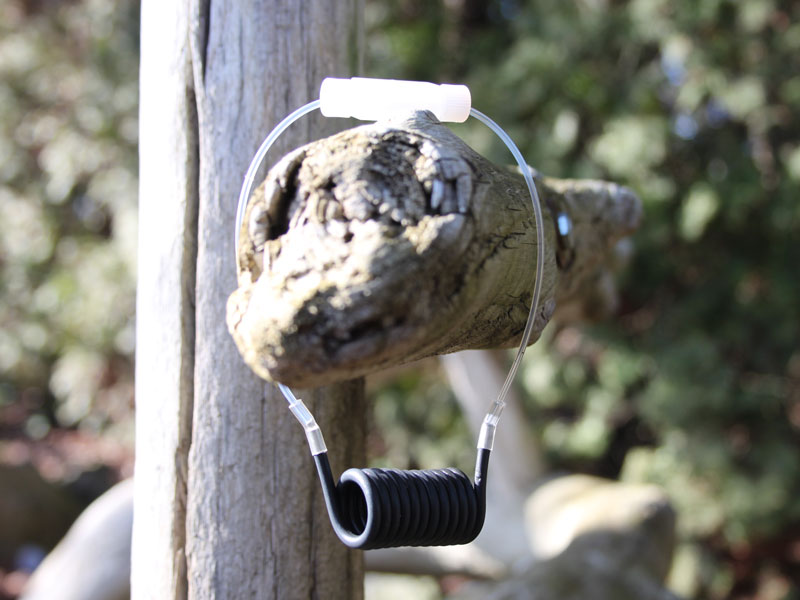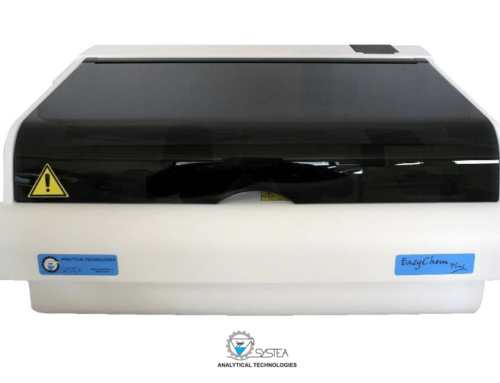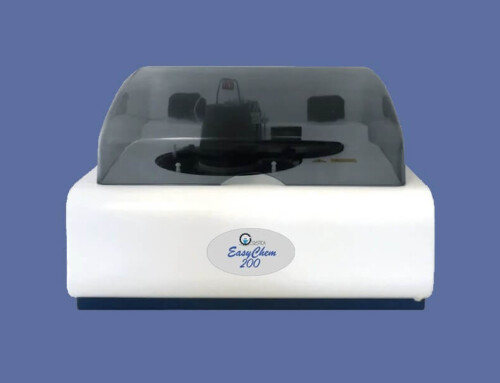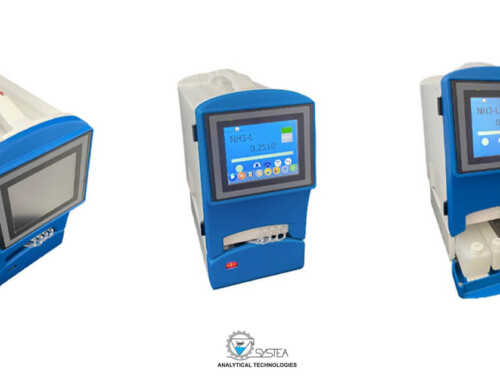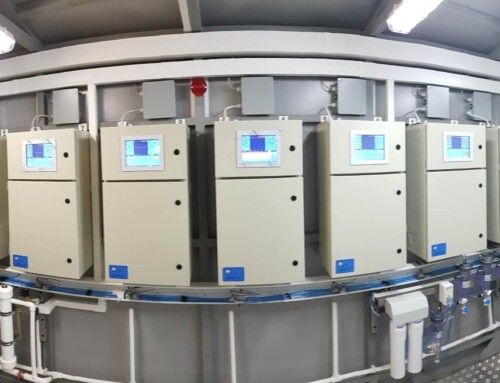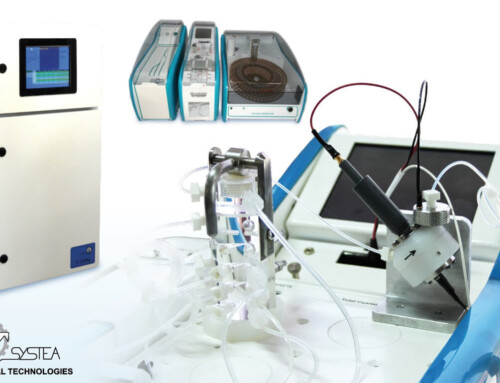Get the most life out of your cadmium reduction coil…
The Proper Technique to Activate a Cadmium Reduction Coil
In order to create a good copper complex it is important to use acid to clean and prepare the surface of the cadmium. Cadmium is very susceptible to destruction if the acid concentration is too high or if it is left in the coil to long. Therefore a quick flush of 0.5 M HCl followed immediately by a flush with DI water is sufficient. We have tried using stronger acids and longer flushing times to see if this would make a coil more effective but have seen no improvement. Longer flushing times or stronger acids tend to “pit” the cadmium surface which can lead to flow problems such as bubble break-up or peak shape disruption. We have tried using stronger acids on very old coils that were having build-up problems because of poor flushing or lack of use, or other contamination problems and saw slight improvement. But only go this route as a last alternative because it does tend to shorten the life of the coil.
The introduction of air into the coil anytime during the activation process can lead to loss of activation effectiveness or at the least a poor activation process. This is a very common handling error that is easy to do by allowing some of the air in the syringe to be pushed into the coil. We have injected various amounts of air into coils to see what the effects are. We have seen dramatic negative effects to a coil’s reduction efficiency when even a small amount of air is introduced into the coil.
We see a wide variation in activation procedures from lab to lab. Many will activate every use, others only activate when a specific lower limit efficiency percentage occurs. In order to have a good idea of a coil’s efficiency it is imperative to run a nitrite/nitrate comparison on each run. This is most often accomplished by injecting a 1-ppm nitrate-N standard followed by a 1-ppm nitrite-N standard and comparing these values to obtain a reduction efficiency value. Of course when performing this comparison it is important to realize that nitrate has a different molecular weight then nitrite, therefore the standards should be based on Nitrogen from Nitrate and Nitrite. In our laboratory we usually do not see a significant drop in this efficiency value until thousands of samples have been injected. In order to have a good idea of a coil’s efficiency each laboratory should keep a record of each run which includes the number of samples and the values of the nitrite/nitrate reduction ratio. One cannot be too detailed when it comes to record keeping on this particular subject. It is very important for each customer to keep track of individual coil specifics, such as the initial efficiency value, the number of samples run, or activation dates, to name a few important suggestions. These are very important to understanding how a coil holds up over time and to be able to effectively troubleshoot any problems that may arise. We recommend that a detailed log be maintained for each cadmium coil. This will give a good understanding of each coil over time, and also give credibility to its functionality as an important aspect of a laboratory instrument.


